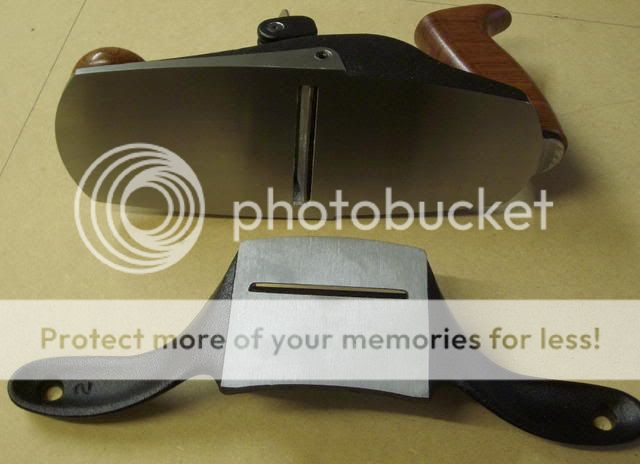i am looking for a plane to finish off a table top.
There seems to be a number- the stanley 12, 80, 85, and some other versions of these. What are the merits of each type, and which would be most suited to my task?
Thanks
There seems to be a number- the stanley 12, 80, 85, and some other versions of these. What are the merits of each type, and which would be most suited to my task?
Thanks








































